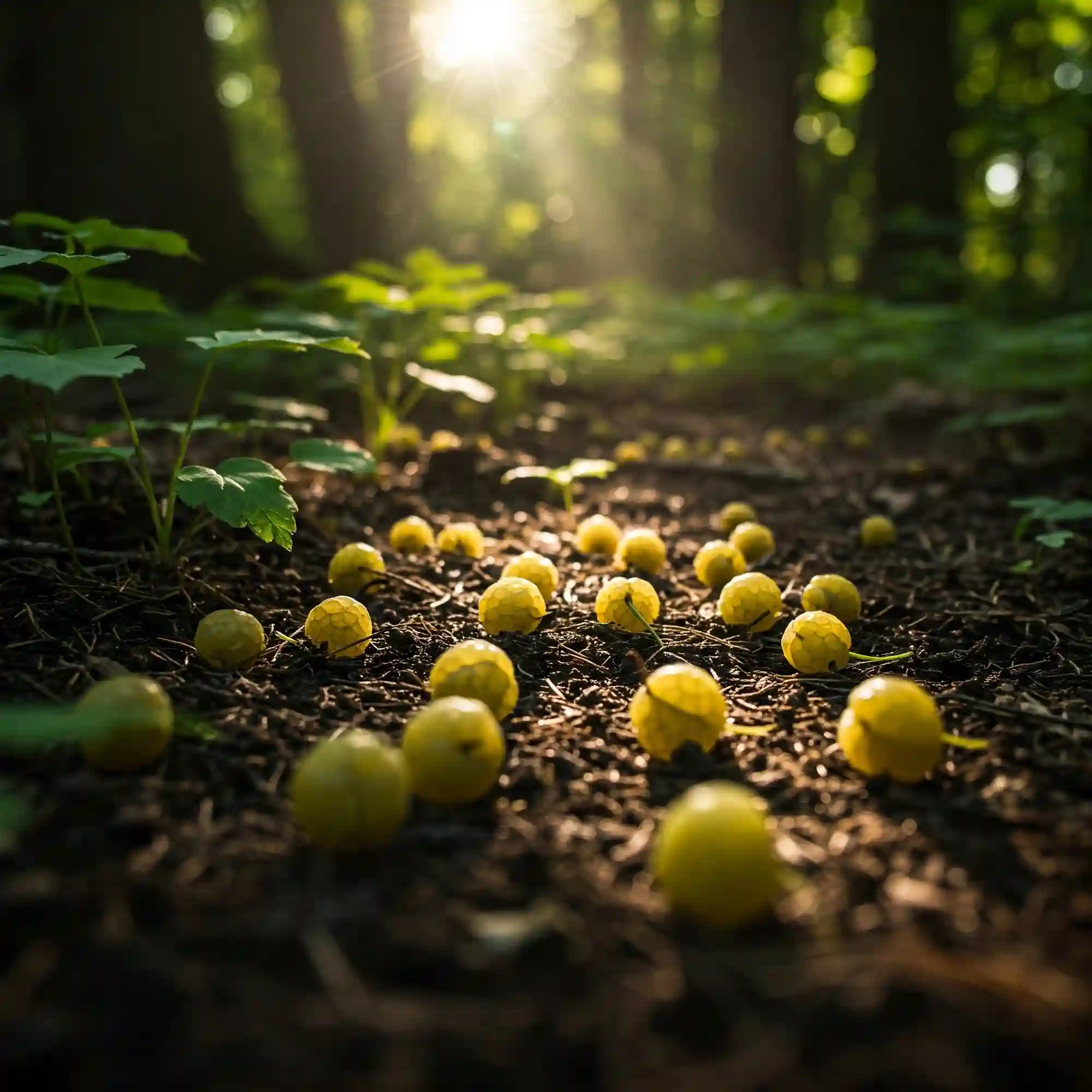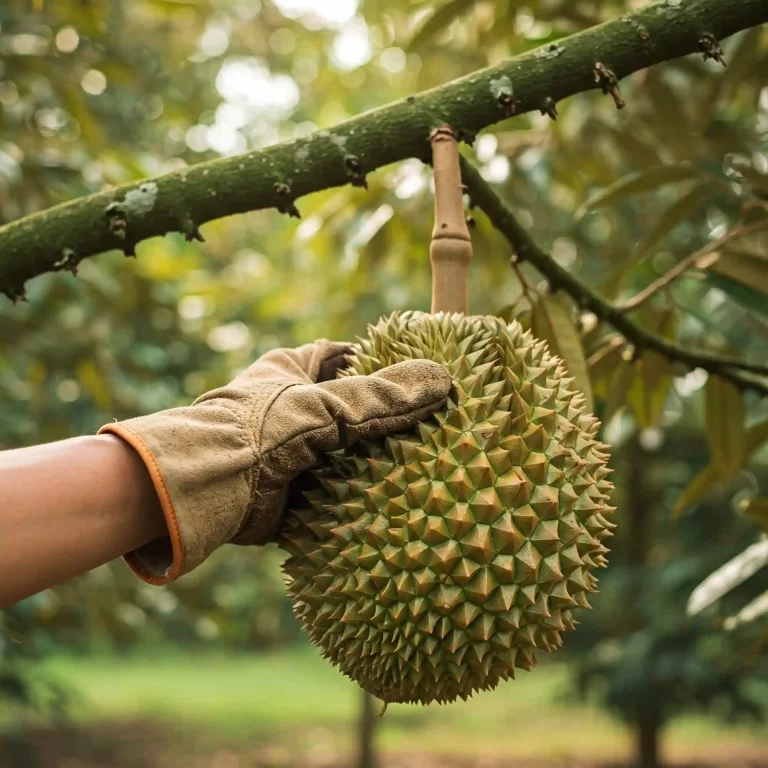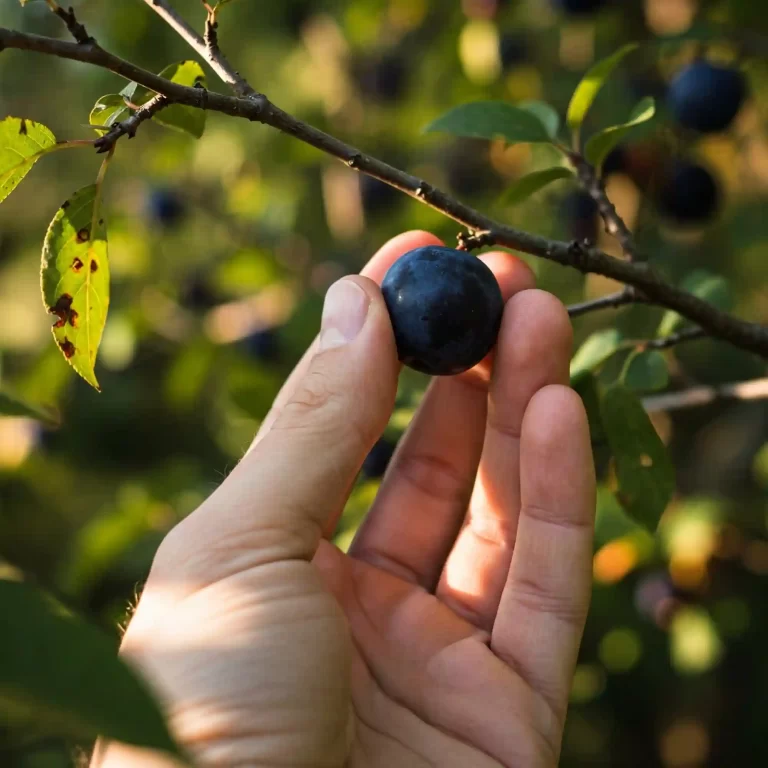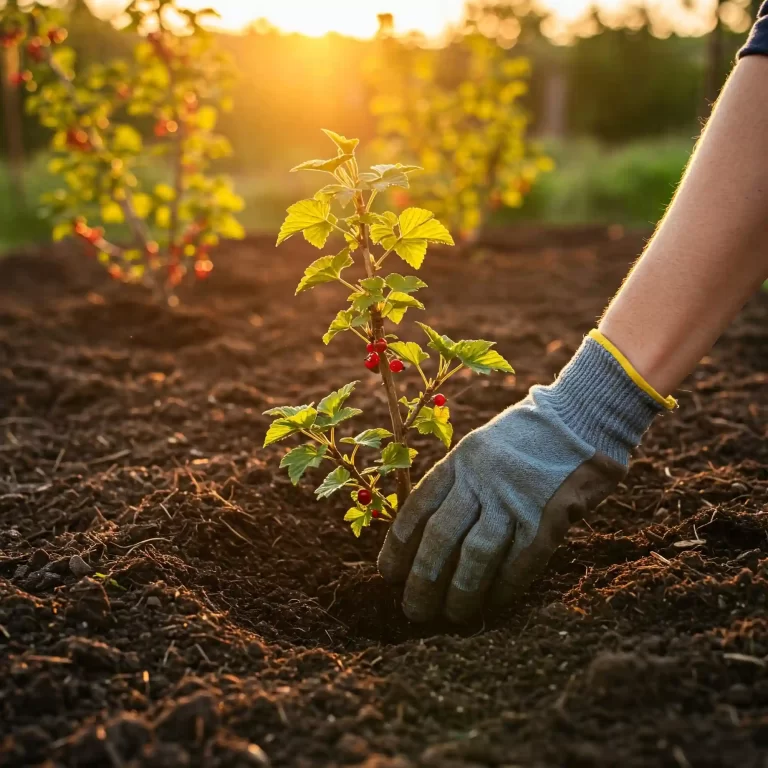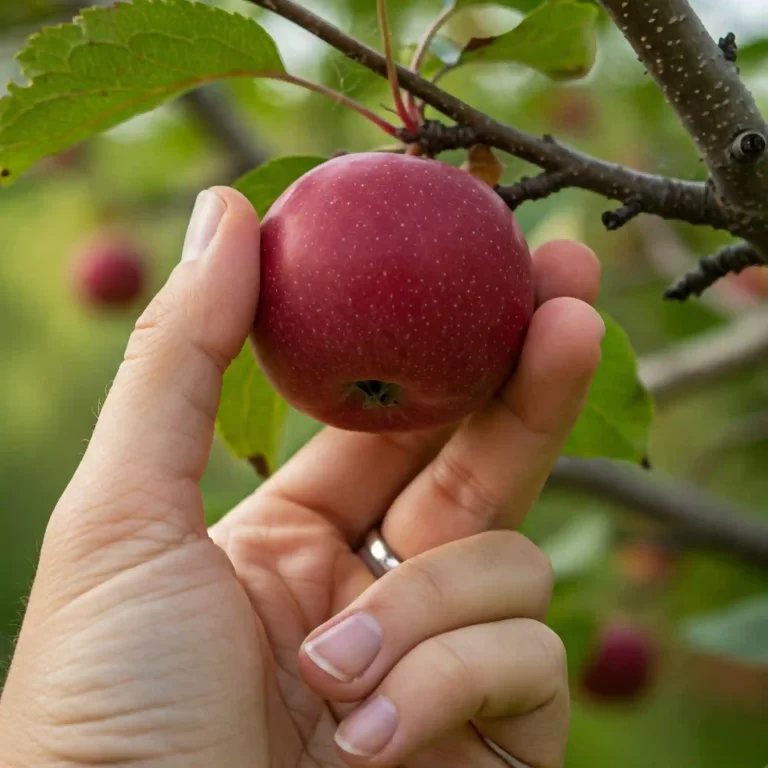Are you struggling to cultivate the elusive American Mayapple, longing for those unique fruits but finding your garden’s shade a perplexing challenge? It’s frustrating to watch these woodland treasures wither, isn’t it? The delicate balance of shade and moisture can feel like a riddle, leaving you wondering if you’ll ever truly unlock the secrets to their growth. You’ve likely tried different soil mixes, adjusted watering schedules, and even moved them to what you thought was the perfect shady spot, only to be met with lackluster results or no fruit at all. It’s that feeling of investing time and care, yet seeing little return, that grates on a gardener’s soul, right? That nagging doubt that you’re missing something, some crucial piece of the puzzle that separates those who succeed from those who simply watch their mayapples struggle.
But what if I told you that growing these intriguing plants, and actually getting them to fruit, isn’t some mystical, unattainable goal? What if I could walk you through the subtle nuances of their natural habitat, show you exactly how to prepare the soil, and reveal the precise watering and light conditions they crave? Imagine finally seeing those unique, umbrella-like leaves unfurl with vigor, and then, the thrill of discovering those precious fruits nestled beneath. That’s what I’m here to help you achieve. And trust me, it’s a lot simpler than you might think. Let’s dive in, and together, we’ll transform your shady garden from a place of frustration to a haven of thriving mayapples.
1. Understanding the American Mayapple’s Natural Habitat
The American Mayapple, with its distinctive umbrella-shaped leaves, is a captivating woodland plant that adds a touch of whimsy to the forest floor. To successfully cultivate this intriguing plant in your garden, it’s essential to understand its natural habitat and strive to replicate those conditions.
Woodland Understory:
Mayapples are quintessential denizens of the woodland understory. They thrive in the cool, moist, and shaded environment beneath a canopy of trees. This dappled shade provides protection from the harsh rays of direct sunlight, which can scorch their delicate foliage.
Soil Conditions:
Mayapples prefer rich, organic soil that is well-drained. The ideal soil is typically a loamy mixture that retains moisture but avoids becoming waterlogged. A slightly acidic to neutral soil pH is also preferred.
Moisture Needs:
Consistent moisture is crucial for healthy mayapple growth. The soil should remain moist but never soggy. Overwatering can lead to root rot, a serious fungal disease that can quickly decimate the plant.
Growth Cycle and Characteristics:
Mayapples have a fascinating growth cycle:
- Early Spring Emergence: In early spring, the plant emerges from the ground with a single, umbrella-shaped leaf.
- Leaf Development: As the growing season progresses, the plant typically produces two leaves joined at the base, creating a unique, umbrella-like structure.
- Flowering: In late spring, a single, nodding flower appears between the leaves. This flower is typically white or pinkish-white.
- Fruit Production: If successfully pollinated, the flower develops into a greenish-yellow fruit that resembles a small apple.
- Dormancy: In late summer and fall, the foliage withers and the plant enters a dormant period.
Replicating the Natural Habitat:
To cultivate mayapples successfully in your garden, you must strive to replicate their natural woodland habitat as closely as possible. This involves:
- Selecting a Suitable Location: Choose a shady location in your garden, such as beneath deciduous trees like oaks, maples, or dogwoods. The shade provided by these trees will mimic the dappled light of the forest understory.
- Preparing the Soil: Prepare the soil by incorporating organic matter such as compost or well-rotted manure. This will improve soil structure, drainage, and nutrient content.
- Creating a Moist Environment: Apply a layer of organic mulch, such as wood chips or leaves, around the base of the plants. This will help retain moisture, suppress weeds, and regulate soil temperature.
By carefully considering these factors, you can create an environment that closely mimics the mayapple’s natural habitat, setting the stage for successful growth and, ultimately, the rewarding experience of enjoying their unique and intriguing fruits.
2. How to Plant Mayapple Rhizomes Correctly
Planting mayapple rhizomes is the most common method of propagation. The success of your mayapple garden hinges on proper planting techniques.
Timing is Key:
- Early Spring: Planting in early spring, just as the ground thaws, allows the rhizomes to establish themselves before the summer heat arrives.
- Fall Planting: Fall planting can also be successful, but ensure the ground is not frozen before planting.
Soil Preparation:
- Prepare the Soil: Before planting, thoroughly prepare the soil. Till the soil to a depth of about 6-8 inches and incorporate organic matter such as compost or well-rotted manure.
- Amend Soil pH: If your soil is alkaline, amend it with organic matter like peat moss to lower the pH to slightly acidic or neutral.
Planting Instructions:
- Spacing: Plant rhizomes about 12-18 inches apart.
- Depth: Plant rhizomes horizontally, about 2-3 inches deep in the soil.
- Orientation: Ensure the “eyes” or growth points on the rhizomes are facing upward.
- Water Thoroughly: After planting, water the area thoroughly to settle the soil around the rhizomes.
Additional Tips:
- Plant in Groups: Plant mayapples in groups of three or more to increase the chances of successful pollination and fruit production.
- Avoid Disturbance: Once planted, avoid disturbing the rhizomes as they can be easily damaged.
By following these guidelines, you can ensure that your mayapple rhizomes have the best possible start, setting the foundation for healthy growth and abundant fruit production.
3. The Best Soil for Growing Mayapple Fruits
Mayapples thrive in specific soil conditions. Understanding their soil preferences is crucial for successful cultivation and fruit production.
Ideal Soil Characteristics:
- Rich in Organic Matter: Mayapples prefer soil that is rich in organic matter, such as compost, leaf litter, or well-rotted manure. Organic matter improves soil structure, drainage, and nutrient retention.
- Well-Draining: While mayapples prefer moist soil, they cannot tolerate waterlogged conditions. The soil should drain well to prevent root rot.
- Slightly Acidic to Neutral: The ideal soil pH for mayapples is between 6.0 and 7.0.
- Loam: Loam, a mixture of sand, silt, and clay, is generally an ideal soil type for mayapples.
Improving Soil Quality:
- Incorporate Organic Matter: Before planting, incorporate several inches of organic matter into the soil.
- Test Soil pH: Test your soil’s pH and amend it accordingly. If the soil is too alkaline, add organic matter such as peat moss to lower the pH.
- Improve Drainage: If your soil is heavy clay, amend it with sand or perlite to improve drainage.
Container Growing:
If you plan to grow mayapples in containers, use a well-draining potting mix. A good option is a blend of potting soil, perlite, and coarse sand. Ensure the container has adequate drainage holes.
By providing the right soil conditions, you can create an environment that supports healthy root growth and vigorous plant development, ultimately leading to increased fruit production.
4. Mayapple Watering and Moisture Management
Maintaining consistent moisture is crucial for the health and productivity of your mayapple plants.
Watering Needs:
- Consistent Moisture: Mayapples prefer consistently moist soil, but they do not tolerate waterlogging.
- Avoid Overwatering: Overwatering can lead to root rot, a serious fungal disease that can quickly kill the plant.
- Water Deeply and Infrequently: Water deeply and infrequently rather than shallowly and frequently. This encourages deep root growth, which is essential for drought tolerance.
Mulching:
- Benefits of Mulching: Applying a layer of mulch around the base of the plants can help conserve moisture, suppress weeds, and regulate soil temperature.
- Mulch Options: Use organic mulches such as wood chips, leaves, or pine needles.
- Mulch Depth: Apply a 2-3 inch layer of mulch around the plants.
Monitoring Soil Moisture:
- Check Soil Moisture Regularly: Regularly check the soil moisture by inserting your finger into the soil.
- Adjust Watering Accordingly: Adjust your watering schedule based on the weather conditions and soil moisture levels.
By carefully managing moisture levels, you can create an environment that supports healthy root growth, vigorous plant development, and ultimately, increased fruit production.
5. Shade Requirements for Optimal Fruit Production
Mayapples are shade-loving plants that thrive in the dappled light of the woodland understory. Understanding their shade requirements is crucial for successful cultivation and fruit production.
- Partial to Full Shade: Mayapples prefer partial to full shade. They can tolerate some morning sun, but afternoon sun can scorch their leaves.
- Ideal Shading: The ideal shading is provided by deciduous trees that provide dappled sunlight throughout the day.
- Avoid Direct Sunlight: Avoid planting mayapples in areas that receive full sun, especially during the hottest part of the day.
Creating Suitable Shade:
- Plant Under Trees: Plant mayapples beneath deciduous trees such as oaks, maples, and dogwoods.
- Use Shade Cloth: If necessary, use shade cloth to provide additional shade during the hottest part of the day.
- Consider Existing Structures: Utilize existing structures such as fences, walls, or buildings to create shade.
Impact of Sunlight on Fruit Production:
- Too Much Sun: Excessive sunlight can scorch leaves, stress the plants, and reduce fruit production.
- Insufficient Shade: Insufficient shade can weaken the plants and make them more susceptible to pests and diseases.
By providing the right amount of shade, you can create an environment that supports healthy plant growth and encourages abundant fruit production.
6. How to Propagate Mayapple Plants Effectively
Mayapples can be propagated through several methods, with rhizome division being the most common.
Rhizome Division:
- Timing: Rhizome division is best done in early spring or fall when the plant is dormant.
- Preparation: Carefully dig up the mayapple clump, ensuring you don’t damage the rhizomes.
- Division: Using a clean, sharp knife or shovel, carefully divide the rhizomes into sections, ensuring each section has at least one healthy growth bud or “eye.”
- Replanting: Plant the divided rhizomes immediately in a prepared bed, following the planting instructions outlined earlier.
- Watering: Water the newly planted rhizomes thoroughly.
Additional Tips:
- Handle with Care: Handle the rhizomes with care to avoid damaging the delicate growth buds.
- Propagate from Healthy Plants: It’s best to propagate from healthy, vigorous plants that have shown good fruit production.
- Patience is Key: It may take a year or two for newly propagated plants to establish themselves and begin to produce fruit.
By following these guidelines, you can successfully propagate mayapple plants and expand your collection of these unique and fascinating woodland plants.
7. Preventing Pests and Diseases in Mayapple Plants
While mayapples are generally hardy plants, they can be susceptible to certain pests and diseases. By taking proactive measures, you can minimize the impact of these issues and ensure the health and vitality of your plants.
Common Pests:
- Slugs and Snails: These mollusks can cause significant damage to mayapple foliage. Handpicking slugs and snails at night can help control their population. You can also create a barrier around the plants using copper tape or diatomaceous earth.
- Deer: Deer may browse on mayapple foliage. Fencing or using deer repellents can help protect your plants.
Common Diseases:
- Powdery Mildew: This fungal disease can cause a white, powdery coating on the leaves. Good air circulation and avoiding overhead watering can help prevent powdery mildew. If an infection occurs, you can treat it with a fungicide.
- Root Rot: Root rot is a fungal disease that can occur if the soil is too wet. Ensuring proper drainage and avoiding overwatering can help prevent root rot.
Prevention Tips:
- Plant Healthy Plants: Start with healthy, disease-free plants.
- Maintain Good Garden Hygiene: Remove and destroy any infected plant material.
- Avoid Overwatering: Ensure the soil drains well and avoid overwatering.
- Provide Adequate Air Circulation: Space plants appropriately to allow for good air circulation.
- Monitor Plants Regularly: Regularly inspect your plants for signs of pests and diseases.
By taking these preventive measures, you can minimize the impact of pests and diseases on your mayapple plants, ensuring their health and vitality.
FAQ:
Q: Are mayapple fruits edible?
A: When fully ripe, mayapple fruits are edible. However, it is crucial to note that unripe fruits and other parts of the mayapple plant are toxic. Only consume fully ripened fruits, which will turn a bright yellow color.
Q: How long does it take for mayapples to produce fruit?
A: It typically takes 2-3 years for mayapple plants to mature and begin producing fruit. Patience is key when growing mayapples, as it may take a few seasons before you can enjoy the fruits of your labor.
Q: What are the natural predators of the mayapple plant?
A: While mayapples are relatively pest-resistant, they can be susceptible to certain creatures:
- Slugs and Snails: These mollusks can feed on the leaves and cause damage.
- Deer: Deer may also browse on mayapple foliage.
Q: Can mayapples be grown in containers?
A: Yes, mayapples can be grown in containers, but they require large containers to accommodate their spreading rhizomes. Choose a container that is at least 18 inches deep and wide. Use a well-draining potting mix and ensure the container has adequate drainage holes.
Conclusion:
In conclusion, growing American Mayapples can be a rewarding experience for those who are patient and willing to provide the right conditions. By understanding their natural habitat and replicating those conditions in your garden, you can create a thriving environment for these unique plants.
Here are the key takeaways for successful mayapple cultivation:
- Provide Adequate Shade: Ensure your mayapples receive partial to full shade to protect them from scorching sunlight.
- Maintain Consistent Moisture: Keep the soil consistently moist but avoid overwatering.
- Provide Rich, Well-Draining Soil: Amend the soil with organic matter to improve drainage and fertility.
- Propagate Wisely: Divide rhizomes carefully to expand your collection.
- Monitor for Pests and Diseases: Regularly inspect your plants for signs of pests and diseases and take appropriate action.
By following these tips and observing your plants closely, you can cultivate healthy mayapple plants and potentially enjoy the unique flavor of their ripe fruits. Remember, patience is key, and the journey of growing mayapples is as rewarding as the fruits themselves.
